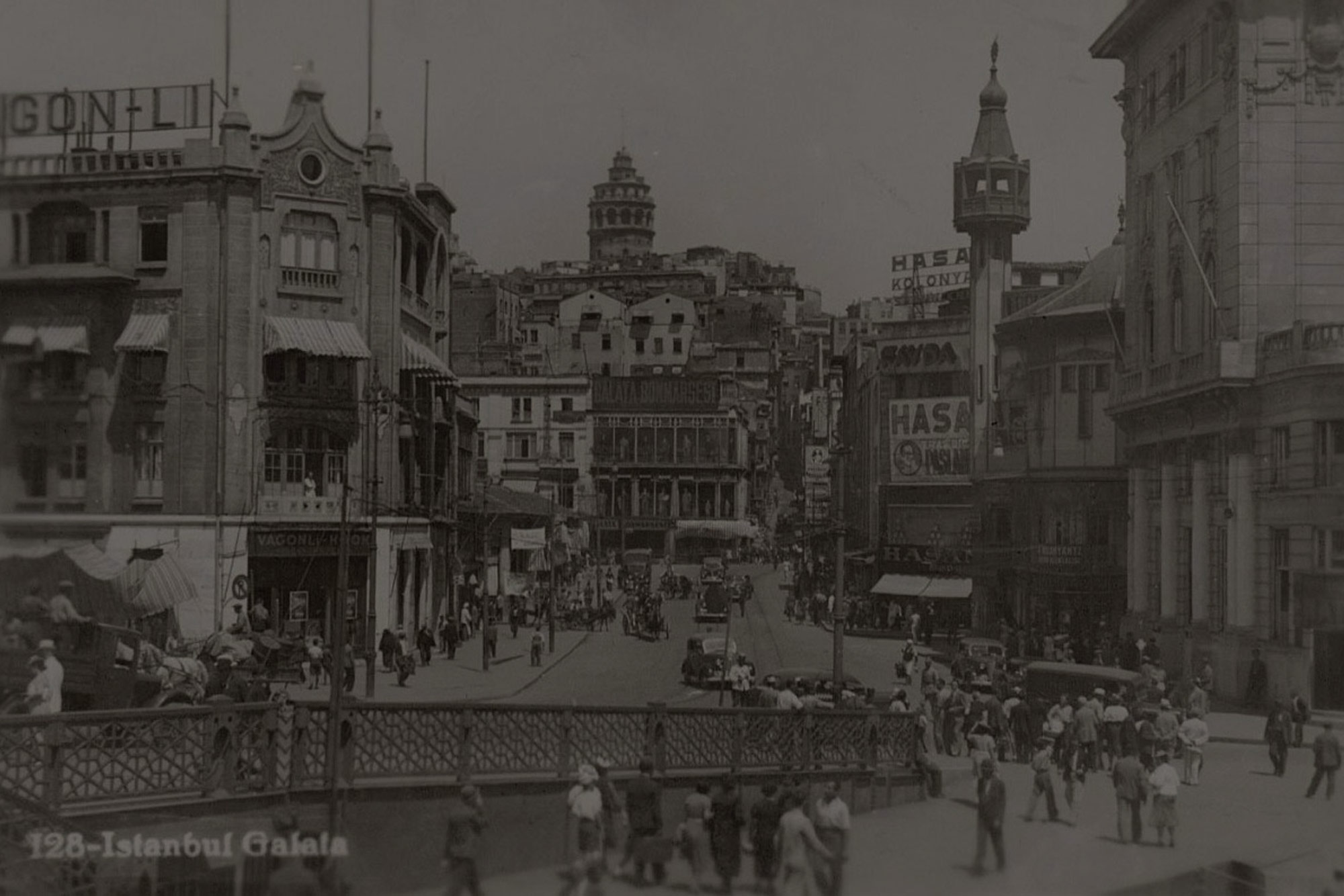Water Suppression Systems
Wet Alarm Valve System (Wet Alarm Valve)
It is used for applications above freezing temperature of water. In this system, pressurized water is kept ready in the pipes. With the effect of the heat generated by the fire, the sprinkler explodes and the water hits the reflector in the sprinkler and the water is delivered to the fire scene.
While the pressurized water system is fed continuously, it also fills the delay cell at the same time. After the cell is full, the pressure switch on the cell is triggered. The pressure switch transmits alarm information to the automation system. The water reaches the motor gong and causes a mechanical alarm.

Dry Alarm Valve System (Dry Alarm Valve)
It is used in places where there is a risk of freezing water. Dry pipe sprinkler systems are systems in which the upper part of the dry alarm valve is constantly pressurized with compressed air or inert gas, and the lower part of the dry alarm valve is pressurized with water.
Dry pipe systems should only be applied in areas where there is a possibility of frost damage and in places such as drying ovens where the temperature is above 70 °C.
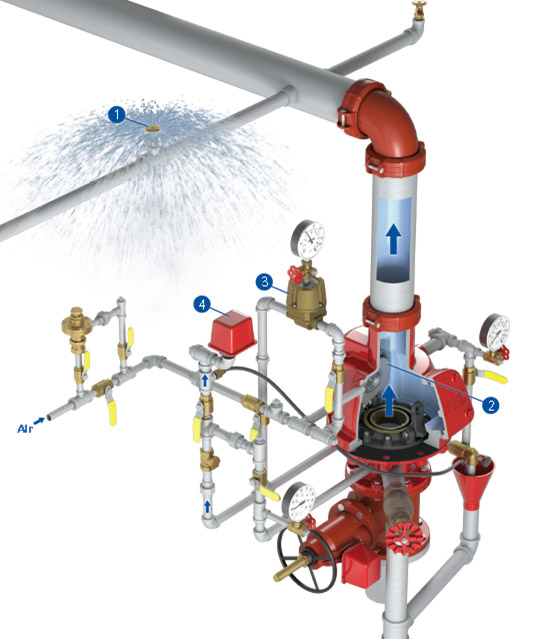
Deluge Alarm Valve System
This system is used in areas where fire spread is expected to be high and rapid. They are systems that can be used in cases where it is desired to apply water or foam to the entire area where the fire will occur and spread. The system is connected to the water supply with a flood valve. Pipes are not pressurized with water or air. The flood alarm valve is activated by the appropriate automatic detection system.
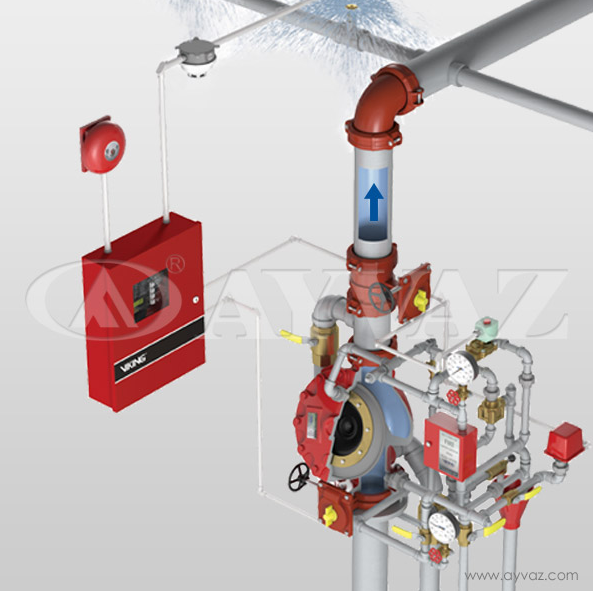
Pre-Action Alarm Valve
They are used to prevent damage due to water in places of utmost importance such as museums, printing houses, computer rooms, libraries and archives, where accidental flooding is not desired.
In the pre-reaction system, just like the dry extinguishing system, there is compressed air or nitrogen in the pipes. The explosion of the sprinkler alone is not enough for the system to activate. After the sprinkler explodes, first the compressed air or nitrogen in the pipes is discharged to the fire scene, then the fire detection system is activated and the system is activated after the accuracy of the alarm information is confirmed. This system is called Pre-Action System.
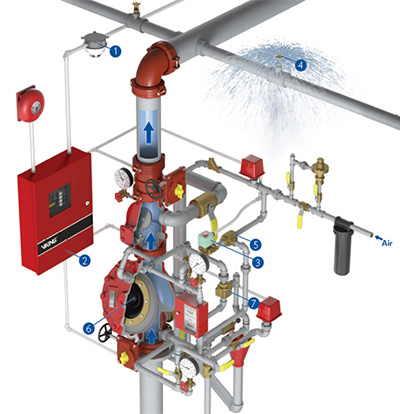
Sprinkler Systems
The task of the sprinkler system is to discharge the determined amount of water on the design area within a certain time and perform an automatic extinguishing process in order to provide an early response to the fire and to control and extinguish the fire.
Sprinkler system; sprinkler heads, pipes, fittings and hangers, installation control valves, alarm bells, flow indicators, fire pumps. When the system works, it can also activate various emergency functions such as alarming the occupants of the building.
The sprinkler is selected according to the ambient temperature in which it will be used, and when this temperature is reached, the glass tube on it explodes and becomes active. Another factor in the selection is that the protection areas are standard, wide, etc., according to the hazard classes of the areas where they will be used. There are also different types of sprinklers such as.
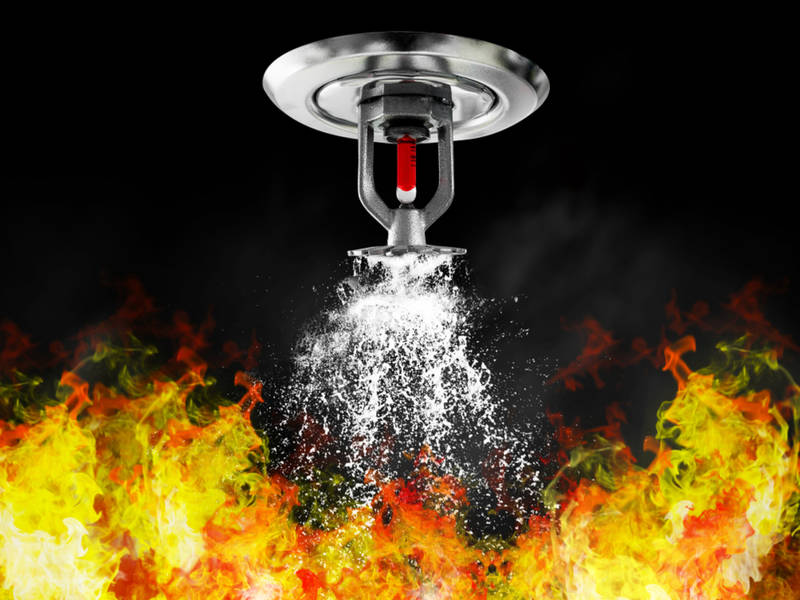
Fire Cabinet Systems
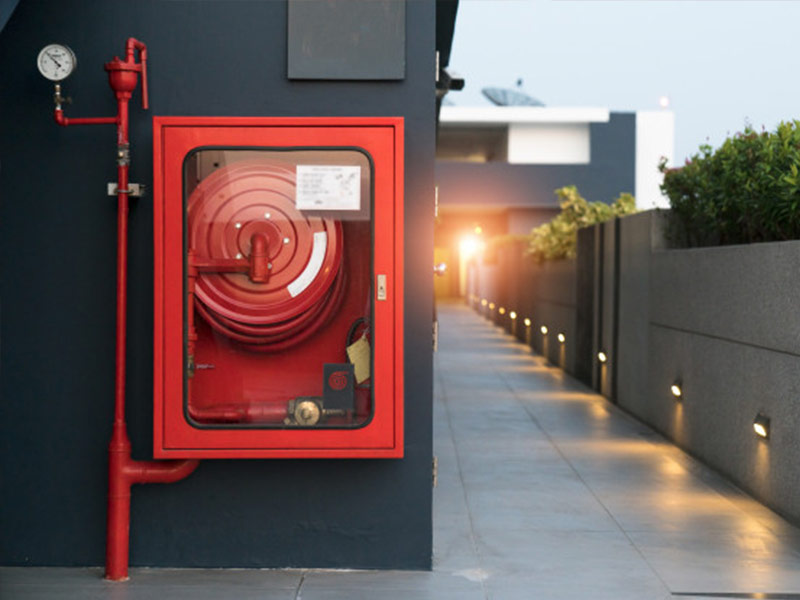
Fire Hydrant Systems
The hydrant system, which will be installed to cover the entire perimeter of the building as much as possible, in order to be able to intervene in fires that cannot be extinguished in the first response, is one of the cornerstones of the fire protection factor. As one of the biggest assistants of the teams in the interventions, it prevents the spread or re-ignition of the fire by providing a large amount of uninterrupted water. Instead of wasting time for the extinguishers who run out of water to go to the water source, it saves time to use the advantage of the fire hydrant nearby.

INQUIRY FORM
Please send us your request using our contact form; We will contact you immediately.



